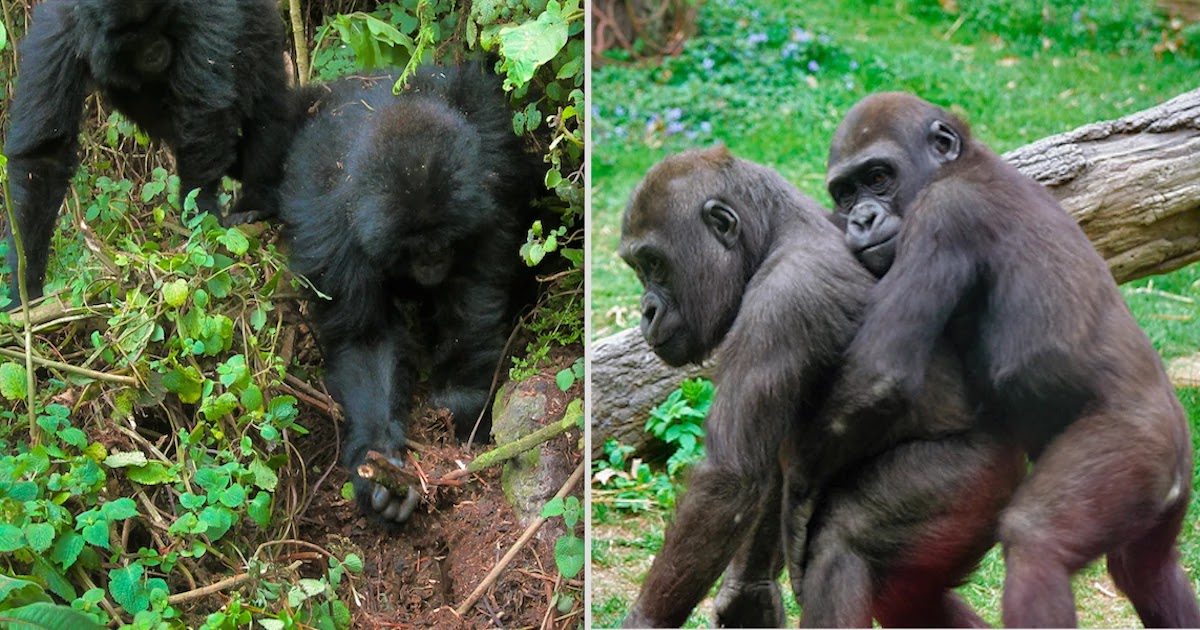
For the first time ever, and to the amazement of conservationists, Gorillas have been witnessed dismantling traps laid by humans. The astounding behaviour was recorded by researchers from the Karisoke center in Rwanda, which sits in Rwanda’s Volcanoes National Park, and shows a previously unknown insight into the cognitive abilities of these magnificent creatures.
Veronica Vecellio, the Gorilla Program Coordinator at the Dian Fossey Gorilla Fund’s Karisoke Research Center, said in an interview with National Geographic:
“This is absolutely the first time that we’ve seen gorillas doing that… I don’t know of any other reports in the world of gorillas destroying snares. We are the largest database and observer of wild gorillas… so I would be very surprised if somebody else has seen that.”
A tracker first noticed the behavior at the reserve, John Ndayambaje, who said that three juvenile gorillas, named Rwema, Dukore, and Tetero, operated in cooperation with each other to step on, deactivate and then destroy the trap. Action that appeared to be deliberately organized and carefully thought out. Vecellio, who has seen footage of that action said in regards to this:
“They were very confident. They saw what they had to do, they did it, and then they left.”
Snares which are used by hunters to hunt for bushmeat and take the form of a wire or trap set on the ground that tightens and entraps prey, frequently inflict serious injuries on young gorillas. In most cases, adult gorillas are spared the same fate as they have the manual dexterity and sheer strength to break free from these traps while the youngsters often suffer a far worse fate.
Indeed, just a week before the amazing discovery was made, a juvenile gorilla named Ngwino found herself trapped in a hunter’s snare. The injury caused her to dislocate her shoulder, gangrene set within the deep wounds caused by the snare, and she sadly passed away from the resulting infection.
The World Wildlife Fund states that all gorilla species are critically endangered, meaning that the species faces an extremely high chance of extinction. While Western lowland gorilla numbers are under 100,000, only 1,000 mountain gorillas are still living in the wild and in just two enclaves, one in the south of Uganda and one in the Rwanda - Democratic Republic of Congo border (where these events took place). Gorilla numbers have been destroyed through the loss of natural habitat, poaching and increasingly through exposure to human diseases, the Ebola virus wiped out large numbers of Gorillas in Western Africa during the 2012 pandemic.
Let us hope that with dedication and action, we can maintain these magnificent, intelligent creatures long into the future!











COMMENTS